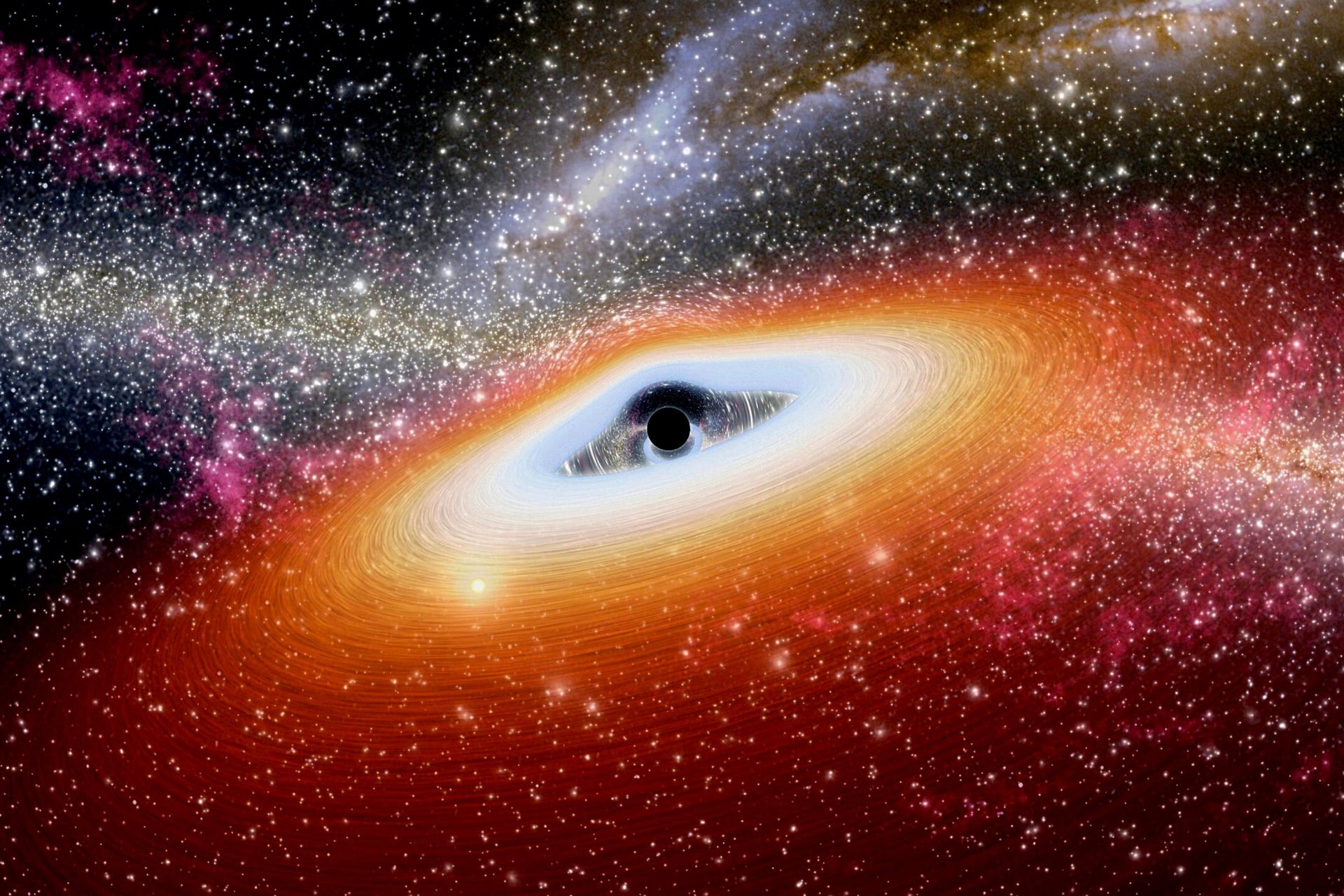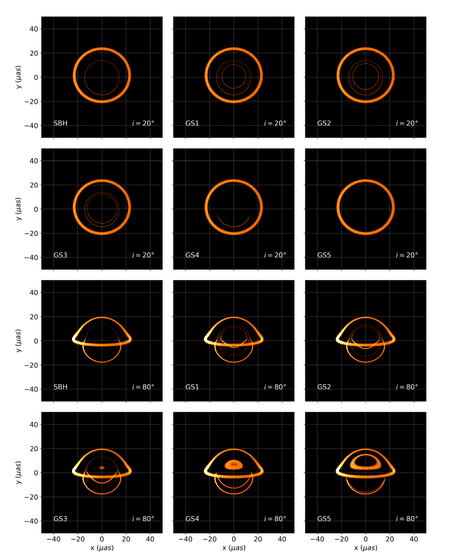
Black holes are actually “gravastars,” according to recent studies
⇧ [VIDÉO] You may also like this partner content
A recent study provides new elements that support the hypothesis that black holes are “gravastars,” radically different objects. This is a type of hypothetical star made entirely of dark energy, the same energy that fuels the expansion of the universe. According to the researchers, this could resolve physics contradictions related to the presence of a singularity at the center of black holes.
Black holes are among the most extreme and mysterious objects in the universe. First theorized in 1915 by German physicist and astronomer Karl Schwarzschild (based on Einstein's general relativity), the gravity of these stars is so intense that not even light can escape from them.
However, although numerous observations have confirmed most of the theoretical properties of black holes, there are still some gaps that call into question their true nature. Current theories suggest that the center of a black hole is a point of infinitely high density called a “singularity.” This, among other things, is the result of their gravitational collapse at the level of a compact, super-dense point. On the other hand, the presence of an event horizon and the resulting loss of information indicates a loss of predictability in gravitational collapse.
However, from a physics point of view, infinity and unpredictability do not technically exist, indicating an inconsistency in traditional theoretical models of black holes. This has prompted researchers to explore alternative models that are consistent with precedents and seek to address their shortcomings. ” These problems indicate that something is wrong or incomplete in the black hole model, and that alternative models need to be developed. “, explains L
Life Science João Luis Rosa, a professor of physics at the University of Gdańsk in Poland and lead author of the new study.
Among the alternative models proposed are Gravastars (short for “gravitational vacuum star”), part of a model of objects referred to as Exotic Compact Objects (ECOs). The latter aims to respect several criteria of physical interest, such as the stability and non-strangeness of matter (i.e., providing the right energy conditions) while offering properties that deviate only slightly from conventional black holes.
First proposed in 2001, Gravastars are hypothetical objects somewhat similar to stars and composed of dark energy, which would be responsible, among other things, for the expansion of the universe. They are interpreted as bubbles containing a void encased in a shell of very dense material. Its main advantage is that it does not offer any uniqueness.
In their study recently published in the journal Physical review dRosa and her colleagues are exploring this hypothesis by analyzing new observational data. Their results reveal striking similarities between the fluxes of matter observed in black holes and those hypothesized in gravastars.
Striking similarities with the new theoretical model
Gravastars are part of a broad group of proposed ecotopes, which includes ultra-small organisms composed of one or more relative fluids. Like black holes, they will constitute the final stage in the evolution of massive stars, when they exhaust their fuel and end up collapsing in on themselves to form extremely dense objects. However, unlike black holes, they will not exhibit a singularity, because their stability is maintained by the dark energy they contain.
The lack of singularity allows the gravitational collapse of Gravastars to stop evolving beyond a certain threshold. In other words, they show a phase transition at (or near) the event horizon. At this point, gravity is so intense that matter turns into a Bose-Einstein condensate, a state of matter composed of identical bosons (a subatomic particle with integer spin). This condensate would then form a nearly indestructible field surrounding the vacuum or dark energy of the gravastar.
See also

To explore whether these features match observational data from black holes, researchers in the new study analyzed the interactions of particles and radiation in their accretion disk. They also examined the properties of hotspots, which are giant gas bubbles surrounding black holes and rotating at speeds close to the speed of light.

Time-integrated flows of the orbital motion of the hot spots of the Schwarzschild black hole and models GS1 to GS5 for the observation inclinations 𝜃=20° (first two rows) and 𝜃=80° (bottom two rows), with 𝛼 =1 and 𝑟𝑜=8𝑀. The ultracompact configurations GS1 to GS3 have qualitative differences in integrated fluxes compared to the non-ultracompact configurations GS4 and GS5. © João Luís Rosa et al.
The researchers found that Gravastars show surprising consistency with observational data. Not only is the motion of matter similar, but black holes also cast a visible shadow similar to that of theoretical gravastars. ” This shadow is not caused by light being trapped at the event horizon, but by a slightly different phenomenon called gravitational redshift, which causes the light to lose energy as it travels through a region with a strong gravitational field “When the light from these objects reaches our telescopes, it loses most of its energy due to their gravitational field, causing the shadow to appear,” explains Rosa.
However, it is important to note that these findings still need to be supported by experiments and further observations, which experts say could be done soon. ”
To test our results experimentally, we rely on the next generation of observational experiments in gravitational physics Rosa says, referring to upcoming observations from the Event Horizon telescope and the GRAVITY+ instrument, which will be added to the Very Large Telescope in Chile, targeting black holes in the centers of galaxies, including our own.
source : Physical review d

“Incurable web evangelist. Hipster-friendly gamer. Award-winning entrepreneur. Falls down a lot.”
